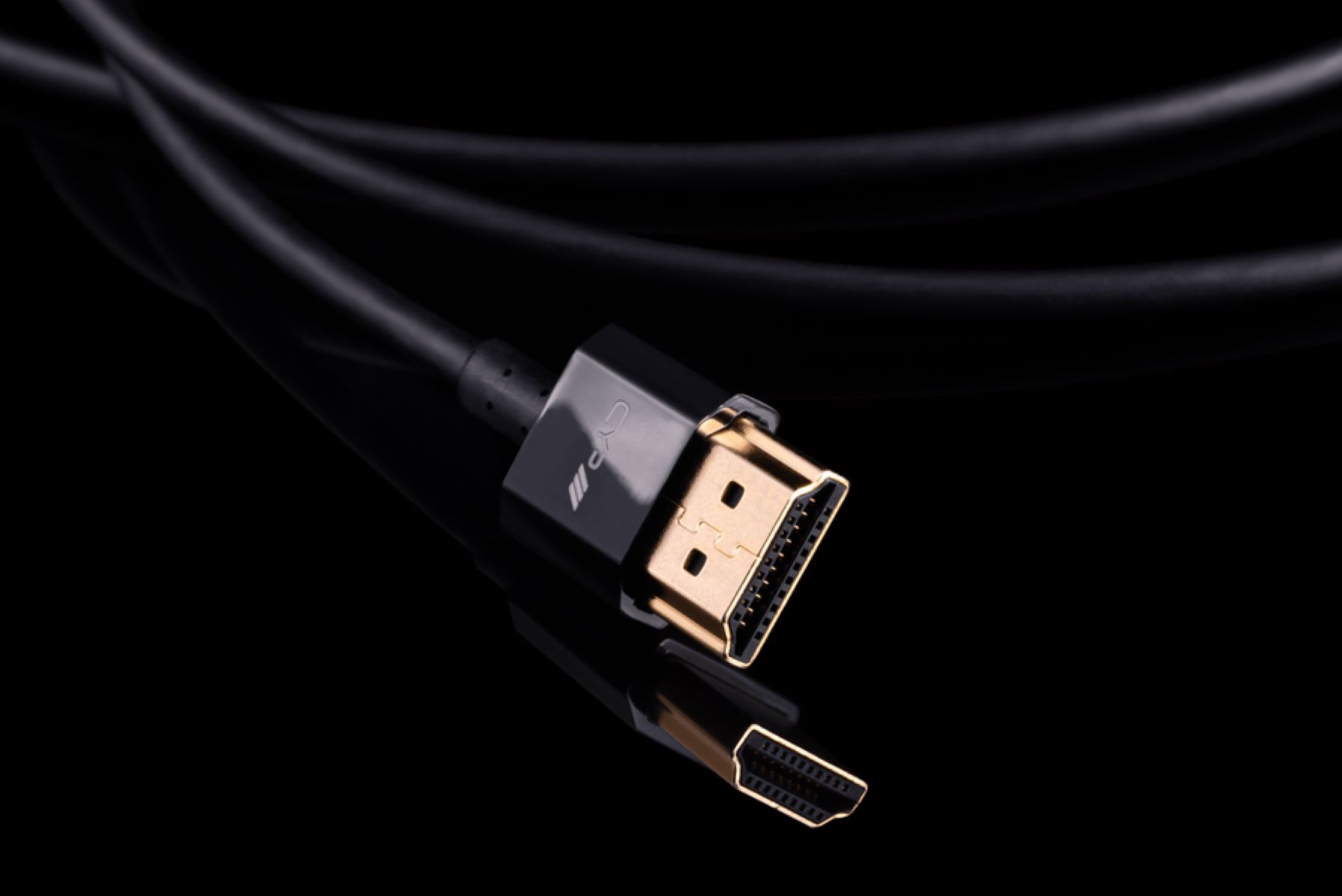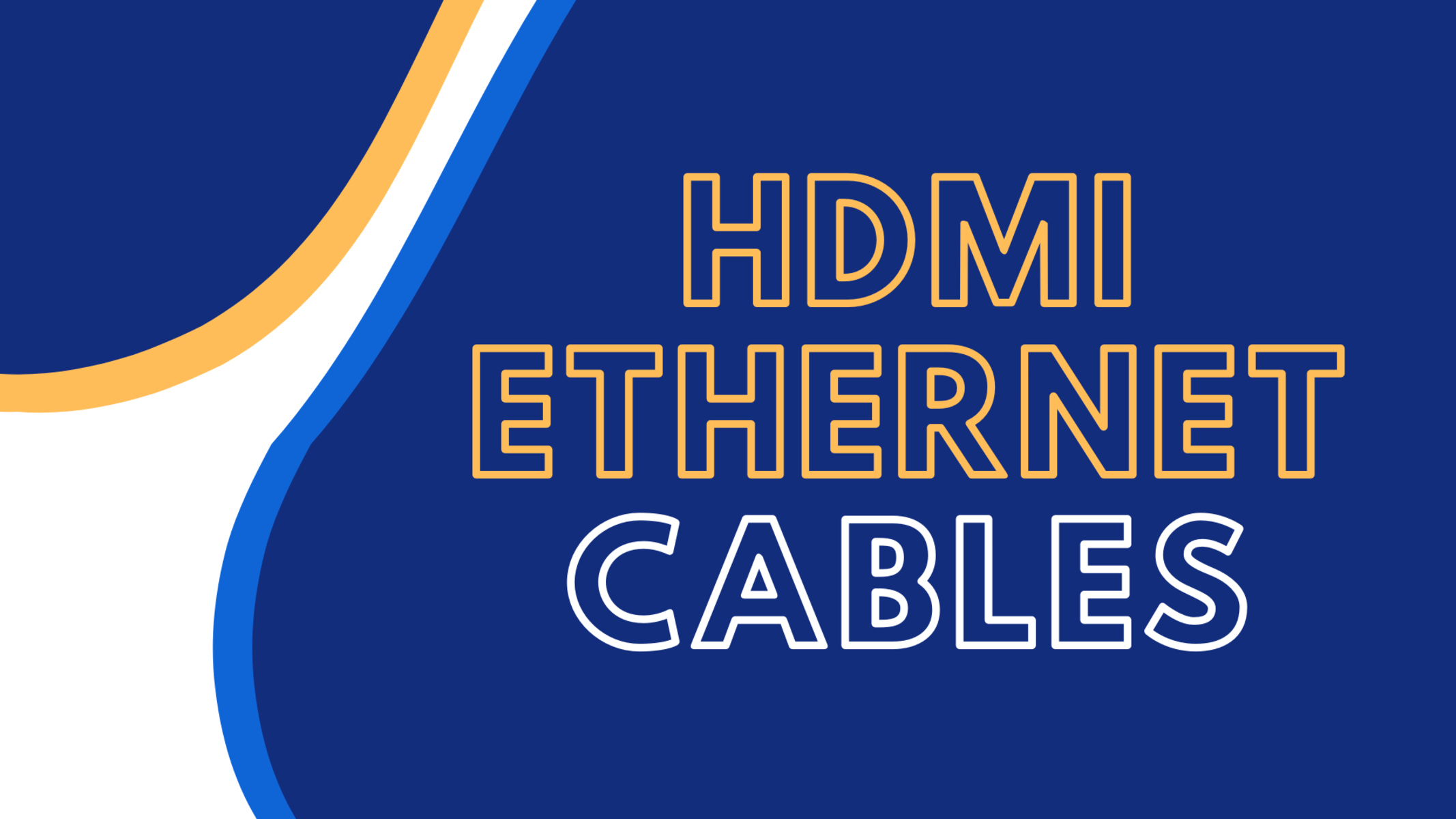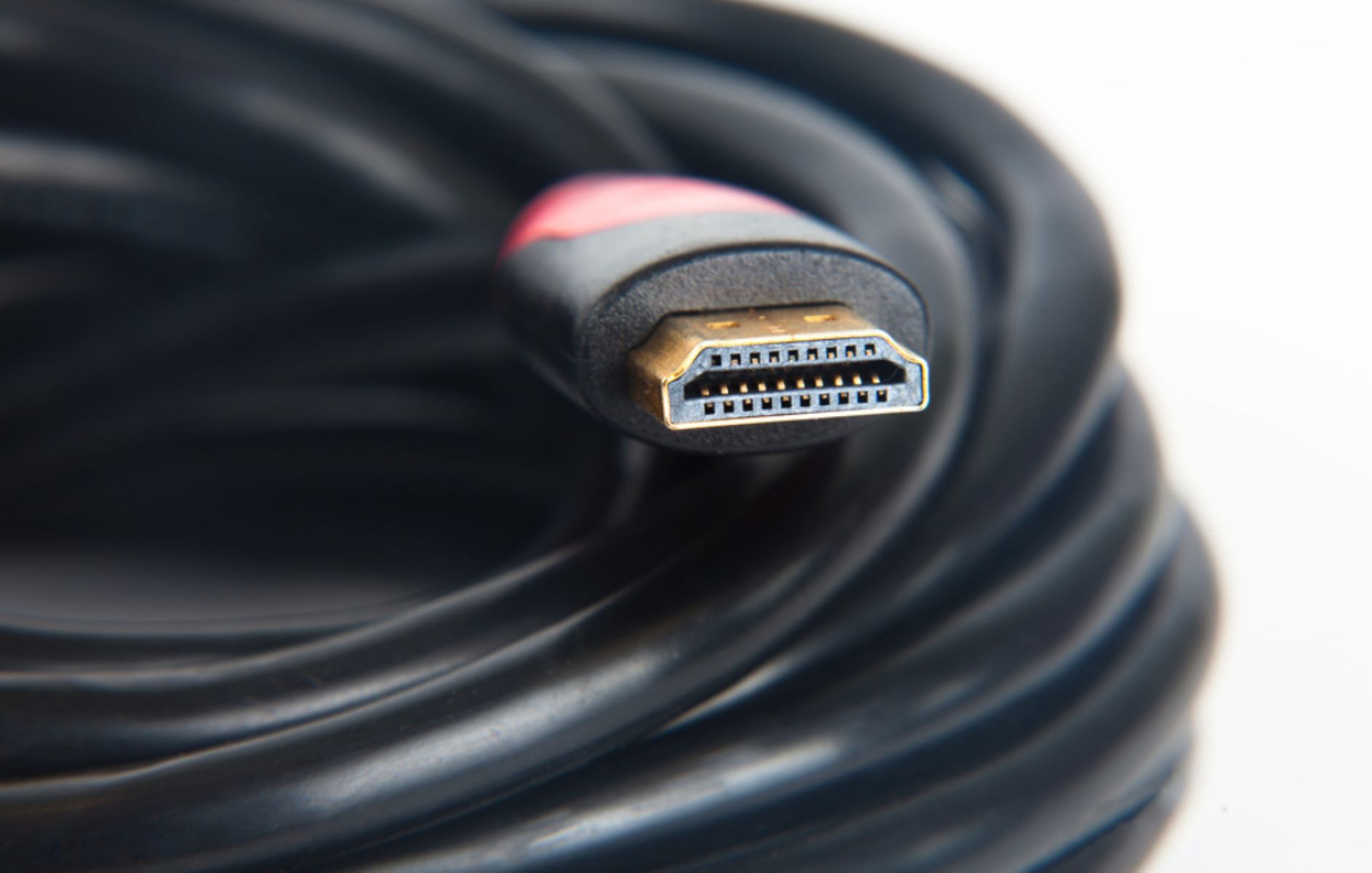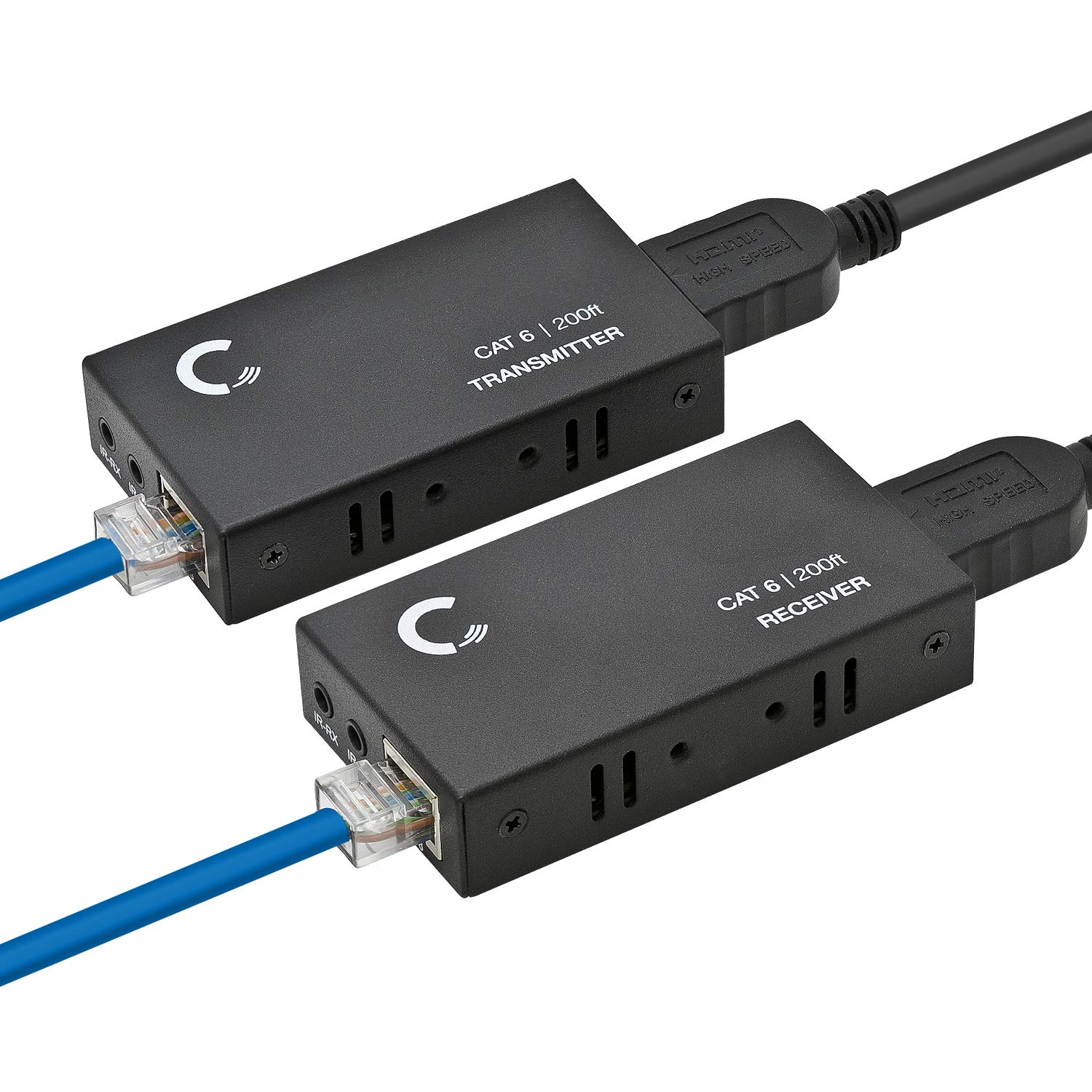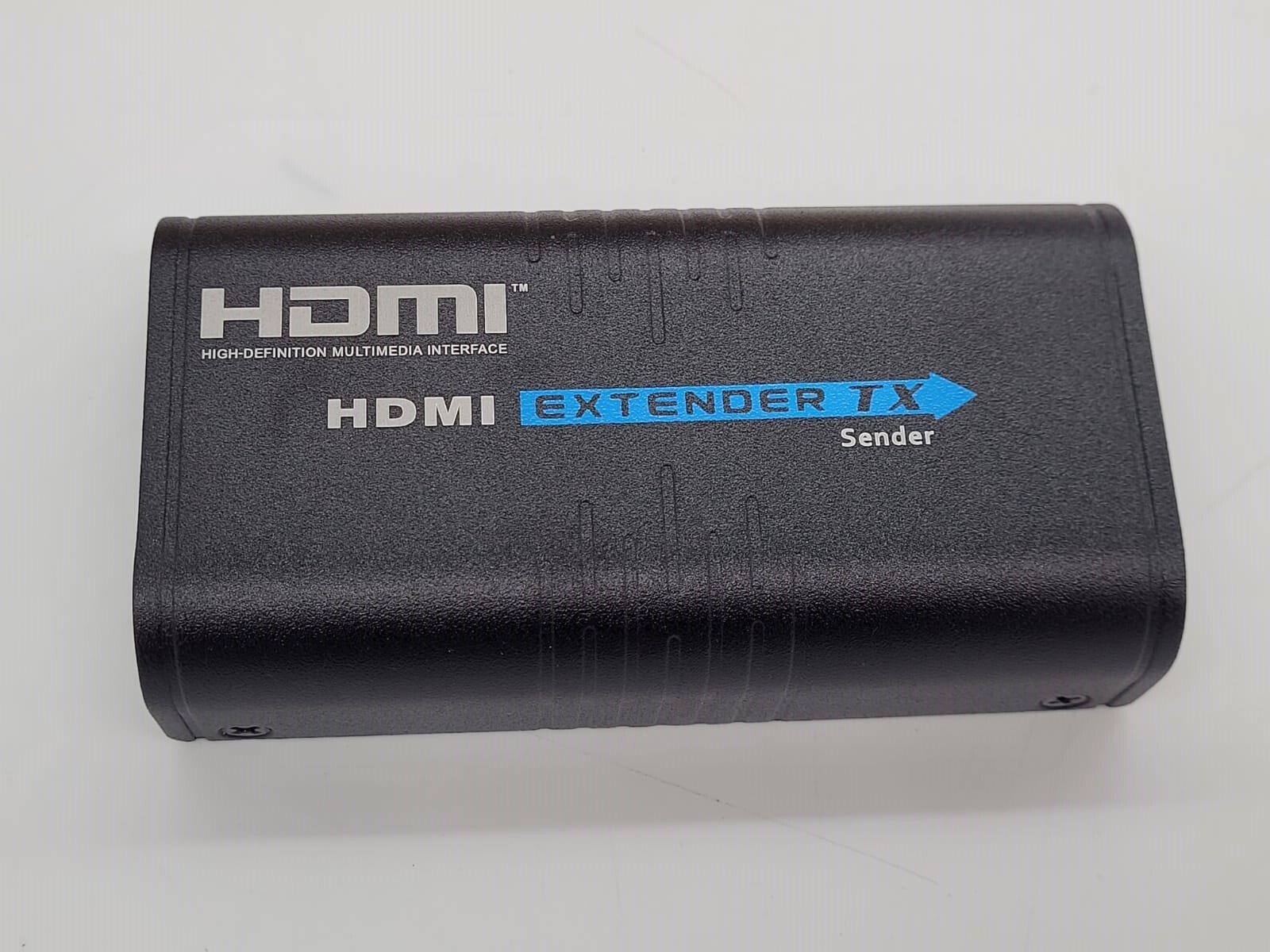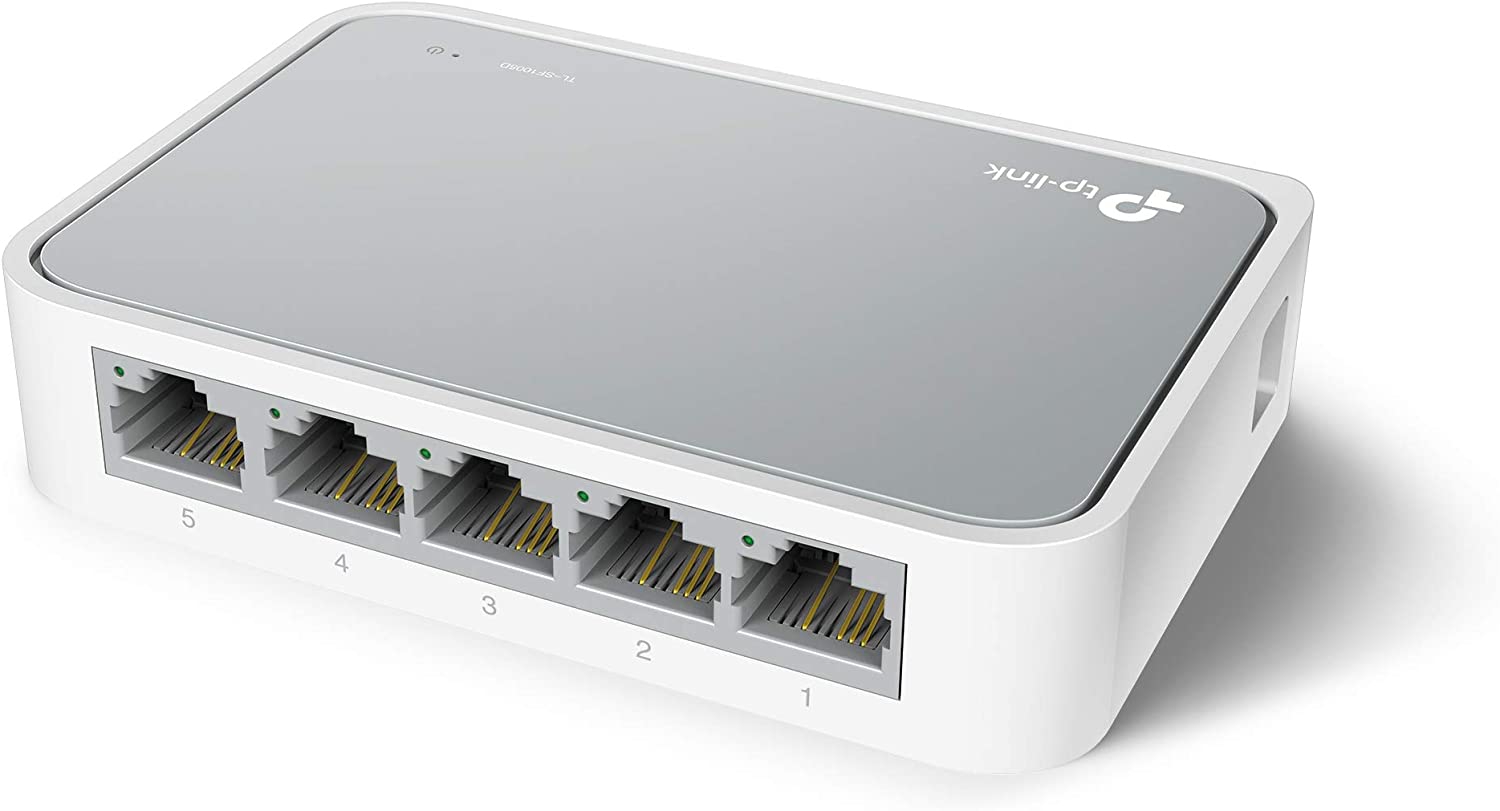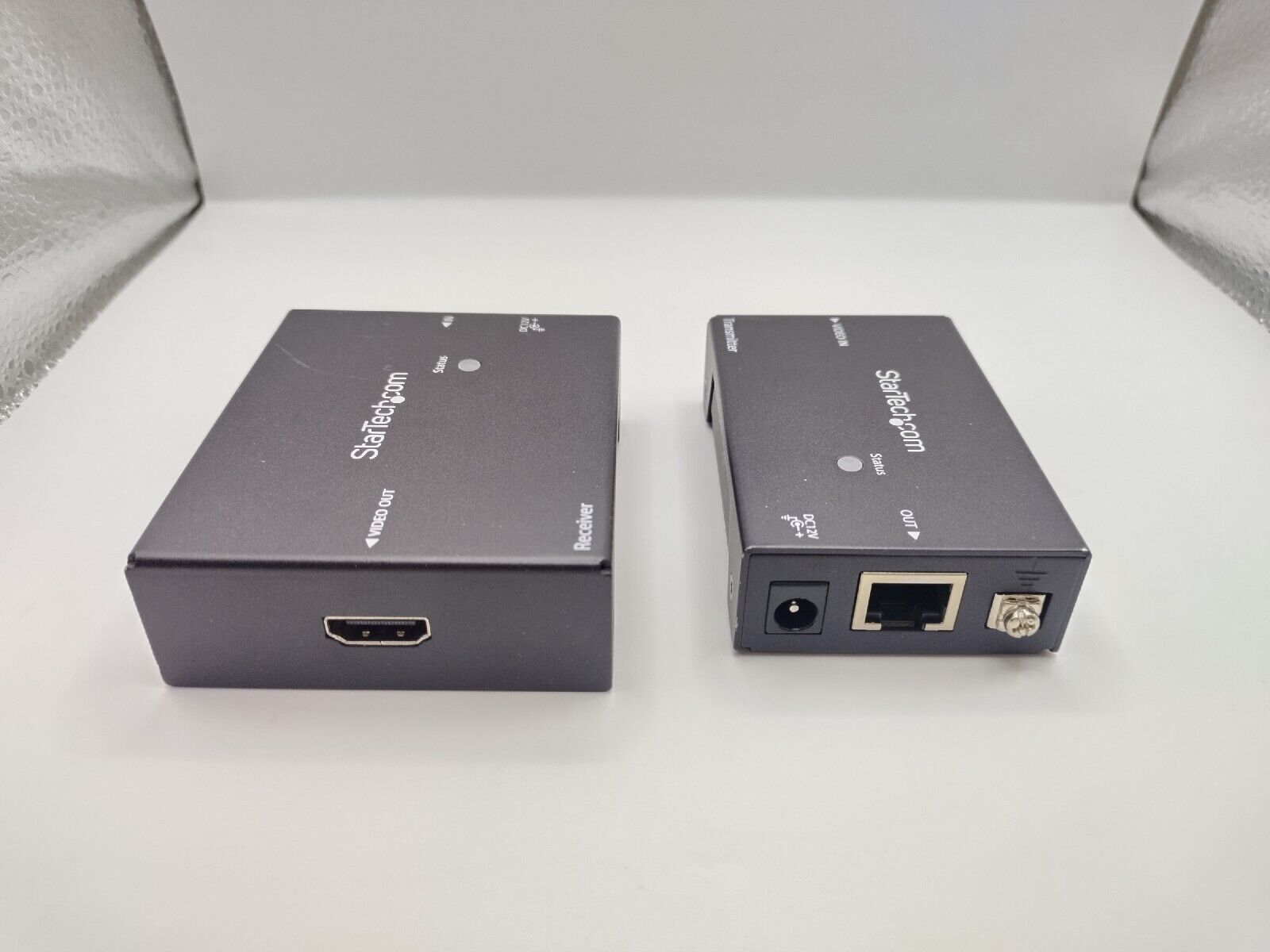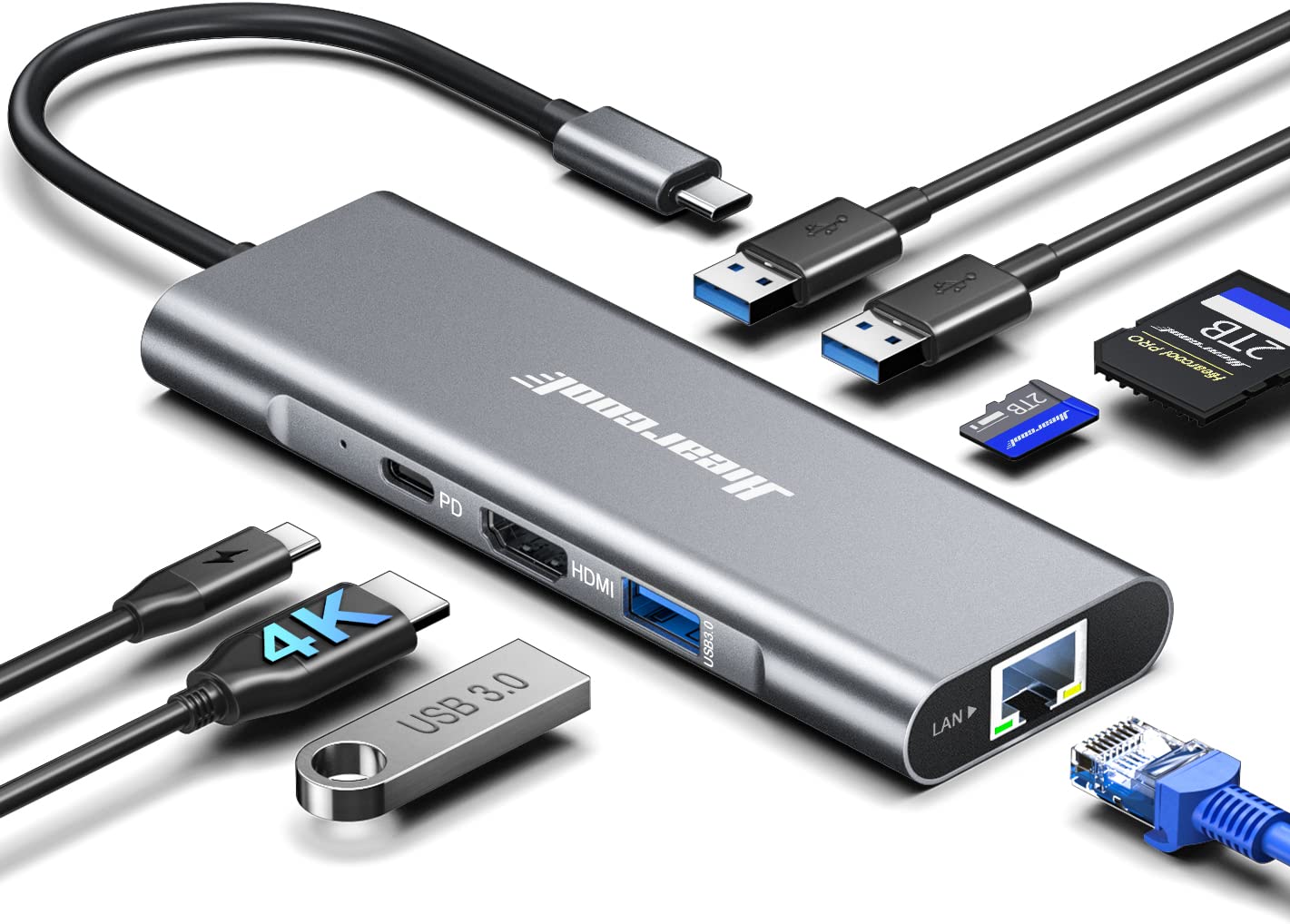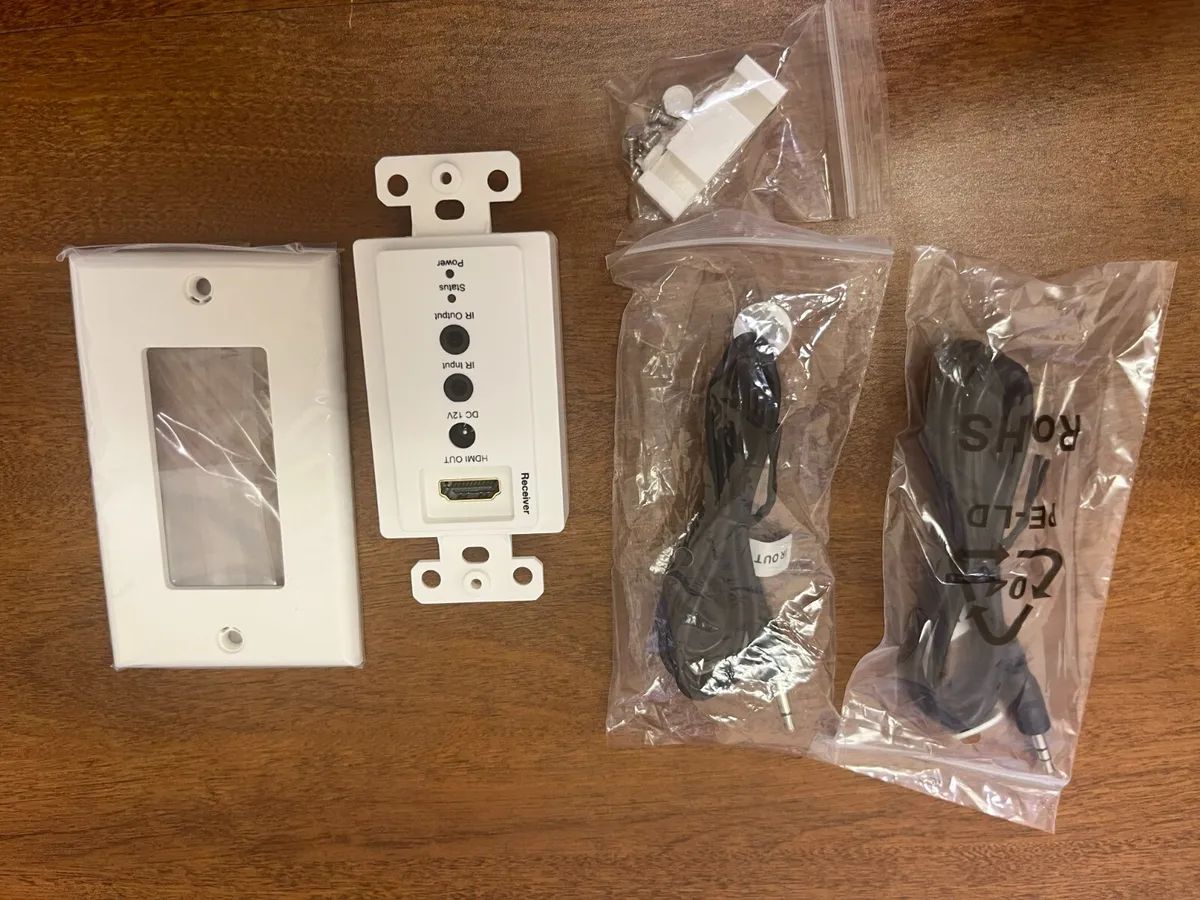Introduction
The world of technology constantly evolves, with new devices and innovations being introduced every day. One of the most common and widely used technologies in the digital era is HDMI. Whether it’s connecting your television to a gaming console, streaming content from a laptop to a big screen, or enjoying high-definition movies on a home theater system, HDMI plays a crucial role in delivering excellent audio and video quality.
But you may have also come across the term “HDMI with Ethernet.” What does it mean? How does it differ from regular HDMI cables? In this article, we will explore the concept of HDMI with Ethernet and its significance in today’s digital world.
HDMI, or High-Definition Multimedia Interface, is a standard connection for transmitting high-quality audio and video signals between devices. It has become the go-to interface for connecting devices such as televisions, monitors, game consoles, Blu-ray players, and more. HDMI cables transmit uncompressed audio and video data, resulting in superior image and sound quality compared to other connection types.
HDMI cables with Ethernet, on the other hand, take things a step further by incorporating Ethernet functionality into the cable itself. This means that in addition to transmitting audio and video signals, the cable can also facilitate internet connectivity between Ethernet-enabled devices.
The inclusion of Ethernet capability in HDMI cables opens up a world of possibilities. You can now connect devices to the internet directly through the HDMI cable, eliminating the need for additional Ethernet cables or wireless connections. This feature is particularly useful in scenarios where a wired internet connection is preferred or necessary.
To understand the concept better, let’s take a look at how HDMI with Ethernet works in practice.
What is HDMI?
HDMI, which stands for High-Definition Multimedia Interface, is a widely-used interface for transmitting high-quality audio and video signals between devices. It has become the industry standard for connecting various multimedia devices, including televisions, Blu-ray players, game consoles, computers, and more.
HDMI was first introduced in 2003 and has since evolved to support higher resolutions and advanced audio formats. One of the key advantages of HDMI is its ability to transmit uncompressed digital audio and video data. This means that you can enjoy a crystal-clear image and immersive audio experience without any loss in quality.
HDMI cables are designed to deliver the best possible audio and video signals, supporting high-definition resolutions such as Full HD (1080p), 4K, and even 8K in the latest versions. In addition to transmitting audio and video, HDMI cables also transmit control signals, allowing devices to communicate with each other and synchronize their settings.
With HDMI, you can connect your devices with a single cable, eliminating the need for separate cables for audio and video. This not only simplifies the setup process but also reduces cable clutter, making it easier to manage your home entertainment system.
HDMI also supports a variety of audio formats, including Dolby TrueHD, DTS-HD Master Audio, and uncompressed PCM audio. This ensures that you can enjoy high-quality sound to complement the stunning visuals.
Over the years, HDMI has continued to improve and adapt to the changing technological landscape. Newer versions of HDMI have introduced additional features, such as support for HDR (High Dynamic Range) and 3D content, enhanced audio return channel (eARC) for improved audio transmission, and increased bandwidth for higher resolutions and higher refresh rates.
In summary, HDMI is a versatile and essential technology for connecting multimedia devices. It provides a convenient and high-quality solution for transmitting audio and video signals, allowing you to enjoy your favorite content with stunning clarity and immersive sound.
What is an HDMI cable with Ethernet?
An HDMI cable with Ethernet is a specialized type of HDMI cable that not only transmits audio and video signals but also incorporates Ethernet functionality. This means that the cable can facilitate internet connectivity between Ethernet-enabled devices without the need for separate Ethernet cables.
The inclusion of Ethernet capability in HDMI cables allows for convenience and flexibility in connecting devices to the internet. With an HDMI cable with Ethernet, you can establish a wired internet connection between devices, which can be particularly useful in situations where a stable and reliable internet connection is desired.
It’s important to note that HDMI cables with Ethernet are backward compatible, meaning they can be used with any HDMI-enabled device, regardless of whether the device supports Ethernet functionality or not. If a device does not support Ethernet, the cable will still work as a regular HDMI cable for transmitting audio and video signals.
Another important aspect of HDMI cables with Ethernet is that they are designed to support the latest HDMI specifications. This means they can handle high resolutions, refresh rates, and advanced features, providing users with a seamless and immersive multimedia experience.
It’s worth mentioning that HDMI cables with Ethernet have an additional dedicated channel within the cable structure for transmitting Ethernet signals. This channel operates independently of the audio and video channels, ensuring that there is no interference or degradation of signal quality.
In a nutshell, an HDMI cable with Ethernet combines the functionality of an HDMI cable with the convenience of Ethernet connectivity. It simplifies the process of connecting devices to the internet, reduces cable clutter, and ensures high-quality audio and video transmission between devices.
Why do you need HDMI with Ethernet?
HDMI with Ethernet offers several benefits that make it a valuable addition to your home entertainment setup. Here are some reasons why you may want to consider using HDMI cables with Ethernet:
1. Simplified Setup:
By using HDMI with Ethernet, you can simplify the connectivity process by combining audio, video, and internet signals into a single cable. This eliminates the need for separate Ethernet cables, reducing cable clutter and making your setup more organized.
2. Wired Internet Connection:
If you prefer a reliable and stable internet connection, HDMI with Ethernet allows you to establish a wired connection between your devices. This can be especially beneficial for online gaming, streaming high-quality content, or situations where a strong and consistent internet connection is required.
3. Cost and Space Savings:
With HDMI cables with Ethernet, you can save on the cost of purchasing additional Ethernet cables. It also frees up space by eliminating the need for extra cables in your entertainment setup, giving you a clean and clutter-free environment.
4. Enhanced Compatibility:
HDMI cables with Ethernet are designed to be backward compatible, meaning they work seamlessly with any HDMI-enabled device, regardless of whether it supports Ethernet functionality or not. This ensures compatibility and versatility in connecting your devices.
5. Future-Proofing:
As technology continues to advance, HDMI cables with Ethernet are built to support the latest HDMI specifications. This means they can handle higher resolutions, refresh rates, and advanced features, ensuring that your setup is ready for future upgrades and developments.
6. Improved Signal Quality:
HDMI cables with Ethernet utilize dedicated channels within the cable structure to transmit Ethernet signals separately from audio and video data. This ensures that there is no interference or degradation of signal quality, providing you with a stable and high-quality audio and visual experience.
Overall, HDMI with Ethernet offers convenience, reliability, and future-proofing capabilities. Whether you want to simplify your setup, establish a wired internet connection, or enhance compatibility and signal quality, HDMI with Ethernet can be a valuable addition to your home entertainment system.
How does HDMI with Ethernet work?
HDMI with Ethernet utilizes a dedicated channel within the HDMI cable to transmit Ethernet signals alongside audio and video data. This channel operates independently, allowing for simultaneous transmission of internet connectivity and multimedia content.
When you connect an HDMI device with Ethernet support to another compatible device, such as a television or audio receiver, using an HDMI cable with Ethernet, the cable establishes a connection between the devices, enabling them to communicate and share internet connectivity.
Here’s a simplified breakdown of how HDMI with Ethernet works:
1. Device Identification:
When you connect two devices using an HDMI cable with Ethernet, they establish a connection and perform a handshake process. This enables the devices to identify each other and confirm compatibility.
2. Internet Sharing:
Once the devices are connected, the HDMI cable with Ethernet provides a dedicated channel for transmitting internet signals between the devices. This allows them to share internet connectivity without the need for separate Ethernet cables or wireless connections.
3. Multimedia Transmission:
At the same time, the HDMI cable with Ethernet continues to transmit audio and video signals, allowing for high-quality multimedia playback. This ensures that you can enjoy seamless audio and video content while also being connected to the internet.
4. Independent Channels:
HDMI cables with Ethernet have separate channels for transmitting Ethernet, audio, and video signals. This ensures that there is no interference or degradation of signal quality, resulting in a stable and reliable connection for both internet and multimedia purposes.
5. Device Compatibility:
It’s important to note that HDMI cables with Ethernet are backward compatible, meaning they can be used with any HDMI-enabled device, regardless of whether the device supports Ethernet functionality or not. The cable will still transmit audio and video signals even if the connected device does not support Ethernet.
Overall, HDMI with Ethernet works by incorporating a dedicated channel within the HDMI cable for transmitting Ethernet signals alongside audio and video data. This allows for simultaneous internet connectivity and multimedia transmission, providing you with a seamless and convenient experience.
Benefits of using HDMI with Ethernet
Using HDMI with Ethernet offers several advantages that enhance your multimedia experience and simplify connectivity. Here are some key benefits of using HDMI cables with Ethernet:
1. Simplified Setup:
HDMI with Ethernet eliminates the need for separate Ethernet cables, simplifying your setup and reducing cable clutter. With a single HDMI cable, you can connect your devices for both audio/video transmission and internet connectivity, making your entertainment center more organized and user-friendly.
2. Wired Internet Connection:
HDMI with Ethernet allows you to establish a wired internet connection between devices, ensuring a stable and reliable connection. This is particularly useful for online gaming, streaming high-resolution content, or situations where a strong and consistent internet connection is required.
3. Cost and Space Savings:
By using HDMI cables with Ethernet, you can eliminate the need for additional Ethernet cables, saving you money and reducing cable clutter. This is especially valuable in setups with multiple devices, where the cost and space savings can be significant.
4. Enhanced Compatibility:
HDMI cables with Ethernet are designed to be backward compatible, meaning they work seamlessly with any HDMI-enabled device, regardless of whether it supports Ethernet functionality. This ensures compatibility and versatility in connecting your devices, regardless of their age or specifications.
5. Future-Proofing:
HDMI cables with Ethernet support the latest HDMI specifications, ensuring that your setup is ready for future advancements. Whether it’s higher resolutions, increased refresh rates, or advanced features, HDMI with Ethernet allows you to future-proof your entertainment system and enjoy the latest technologies as they emerge.
6. Superior Audio and Video Quality:
HDMI cables with Ethernet transmit uncompressed audio and video data, providing superior image and sound quality compared to other connection types. This ensures that you can enjoy the full potential of your multimedia content with sharp visuals, vibrant colors, and immersive audio.
7. Dedicated Signal Channels:
HDMI cables with Ethernet have dedicated channels for transmitting Ethernet, audio, and video signals, ensuring that there is no interference or signal degradation. This results in a stable and reliable connection for both internet and multimedia purposes.
In summary, using HDMI with Ethernet offers simplified setup, wired internet connectivity, cost and space savings, enhanced compatibility, future-proofing capabilities, superior audio and video quality, and dedicated signal channels. These benefits make HDMI with Ethernet a valuable addition to your multimedia setup, providing convenience, versatility, and an enhanced entertainment experience.
Do all HDMI cables support Ethernet?
No, not all HDMI cables support Ethernet. Whether or not an HDMI cable supports Ethernet functionality depends on its specification and labeling.
Standard HDMI cables, often referred to as “HDMI Standard” or “Category 1” cables, do not support Ethernet. These cables are capable of transmitting audio and video signals but do not have the necessary conductors for Ethernet connectivity.
On the other hand, there are HDMI cables specifically labeled as “High-Speed HDMI” or “Category 2” cables, which do support Ethernet. These cables are designed to handle higher resolutions, refresh rates, and advanced features, including Ethernet transmission. HDMI cables with Ethernet have additional conductors within the cable structure that allow for the Ethernet functionality.
It’s important to note that while HDMI cables with Ethernet have the capability to transmit internet signals, not all devices support Ethernet functionality. Therefore, even if you use an HDMI cable with Ethernet between two devices, the Ethernet functionality will only be utilized if both devices support it.
When purchasing HDMI cables, it’s always advisable to check their specifications and labels to ensure that they meet your specific requirements. HDMI cables that support Ethernet will typically have the “High-Speed HDMI” or “Category 2” label, indicating their compatibility with Ethernet-enabled devices.
It’s also worth mentioning that HDMI cables are backward compatible, meaning you can use newer HDMI cables with Ethernet on older devices that do not support Ethernet functionality. In such cases, the cable will still transmit audio and video signals, but the Ethernet capability will not be utilized.
To summarize, not all HDMI cables support Ethernet. Standard HDMI cables (Category 1) do not have the necessary conductors for Ethernet transmission, while HDMI cables labeled as High-Speed HDMI (Category 2) do support Ethernet. It’s essential to check the cable specifications and labeling to ensure compatibility with Ethernet-enabled devices.
How to distinguish an HDMI cable with Ethernet?
Distinguishing an HDMI cable with Ethernet from a regular HDMI cable is important to ensure that you have the right cable for your specific needs. Here are a few ways to identify an HDMI cable with Ethernet:
1. Look for the HDMI High-Speed or Category 2 Label:
HDMI cables specifically designed to support Ethernet functionality are labeled as “High-Speed HDMI” or “Category 2” cables. These labels indicate that the cable has the necessary conductors to transmit Ethernet signals.
2. Check for the HDMI Logo:
All HDMI cables, including ones with Ethernet support, should have the HDMI logo on them. This logo signifies that the cable meets the HDMI standards and specifications. However, it’s important to note that the presence of the HDMI logo alone does not guarantee Ethernet support.
3. Examine the Cable Specifications:
Check the product description, packaging, or documentation accompanying the cable for specific details about Ethernet support. Look for mentions of Ethernet functionality, “Internet connection,” or similar terms that indicate the cable’s ability to transmit internet signals.
4. Inspect the Cable Connectors:
HDMI cables with Ethernet typically have standard HDMI connectors on both ends. However, some HDMI cables with Ethernet may have an additional smaller connector, such as an Ethernet connector, built into one or both ends of the cable. This additional connector is used to establish the Ethernet connection.
If you’re unsure about whether a cable supports Ethernet or not, it’s always recommended to consult the manufacturer’s specifications or reach out to customer support for clarification.
Finally, it’s important to note that HDMI cables are backward compatible, meaning newer HDMI cables with Ethernet can be used with devices that do not support Ethernet functionality. In such cases, the cable will still function as a regular HDMI cable for audio and video transmission.
By considering the labeling, specifications, connectors, and additional documentation, you can accurately distinguish an HDMI cable with Ethernet from a regular HDMI cable and ensure that you have the right cable for your specific needs.
Where can you use HDMI with Ethernet?
With its added Ethernet functionality, HDMI with Ethernet can be utilized in various settings and scenarios. Here are some common areas where HDMI with Ethernet can be used:
1. Home Entertainment Systems:
HDMI with Ethernet is widely used in home entertainment systems. It enables you to connect devices such as televisions, gaming consoles, streaming devices, soundbars, and AV receivers, allowing for both audio/video transmission and internet connectivity. This is particularly useful for streaming content, online gaming, and accessing online services directly through your entertainment system.
2. Conference Rooms and Offices:
HDMI with Ethernet is also beneficial in conference rooms and office setups. It allows for seamless connectivity between devices such as projectors, monitors, laptops, and video conferencing equipment. This not only simplifies the setup process but also provides a stable and reliable internet connection for online presentations, video conferences, and collaborative work.
3. Education and Training Environments:
HDMI with Ethernet can be advantageous in educational and training environments. It enables instructors to connect multimedia devices, such as projectors or interactive whiteboards, to laptops or other sources for delivering engaging presentations. The Ethernet functionality ensures a dependable internet connection for accessing online resources and interactive content during lessons.
4. Digital Signage and Retail Displays:
Digital signage and retail displays often utilize HDMI with Ethernet to enhance their capabilities. By connecting displays with HDMI cables that support Ethernet, businesses can easily update content and connect to the internet for real-time data updates, social media integration, and remote management. This allows for dynamic and interactive signage experiences.
5. Hospitality and Hotel Systems:
HDMI with Ethernet is also prevalent in hospitality and hotel systems. It enables guests to connect their personal devices, such as laptops or gaming consoles, to the in-room televisions for streaming content. The Ethernet functionality ensures a reliable internet connection for online services and entertainment options.
6. Professional Audio and Video Production:
In professional audio and video production environments, HDMI with Ethernet has various applications. It allows for high-quality transmission of audio and video signals between cameras, recorders, monitors, and other equipment. The Ethernet capability can be utilized for remote control, data transfer, or live streaming purposes.
These are just a few examples of the many areas where HDMI with Ethernet can be utilized. The convenience of combining audio/video transmission with internet connectivity makes HDMI with Ethernet a versatile solution in a wide range of settings.
Conclusion
HDMI with Ethernet offers a convenient and versatile solution for transmitting audio, video, and internet signals between devices. It simplifies connectivity, reduces cable clutter, and provides a stable and reliable internet connection.
By utilizing an HDMI cable with Ethernet, you can enjoy the benefits of a wired internet connection while still maintaining high-quality audio and video transmission. Whether you’re setting up a home entertainment system, conducting meetings in a conference room, or utilizing digital signage for your business, HDMI with Ethernet can enhance your multimedia experience.
With the ability to support higher resolutions, advanced audio formats, and the latest HDMI specifications, HDMI cables with Ethernet are future-proof and ensure compatibility with a wide range of devices. The dedicated channels within the cable structure guarantee superior signal quality for both audio/video and internet connectivity.
Whilst not all HDMI cables support Ethernet, it’s important to look for the “High-Speed HDMI” or “Category 2” label to identify cables specifically designed for Ethernet functionality.
In conclusion, HDMI with Ethernet brings together the best of both worlds by combining audio, video, and internet connectivity into a single cable. Whether you’re streaming content, gaming, or conducting business presentations, HDMI with Ethernet provides a seamless and reliable multimedia experience, simplifying the way we connect and enjoy our devices.







